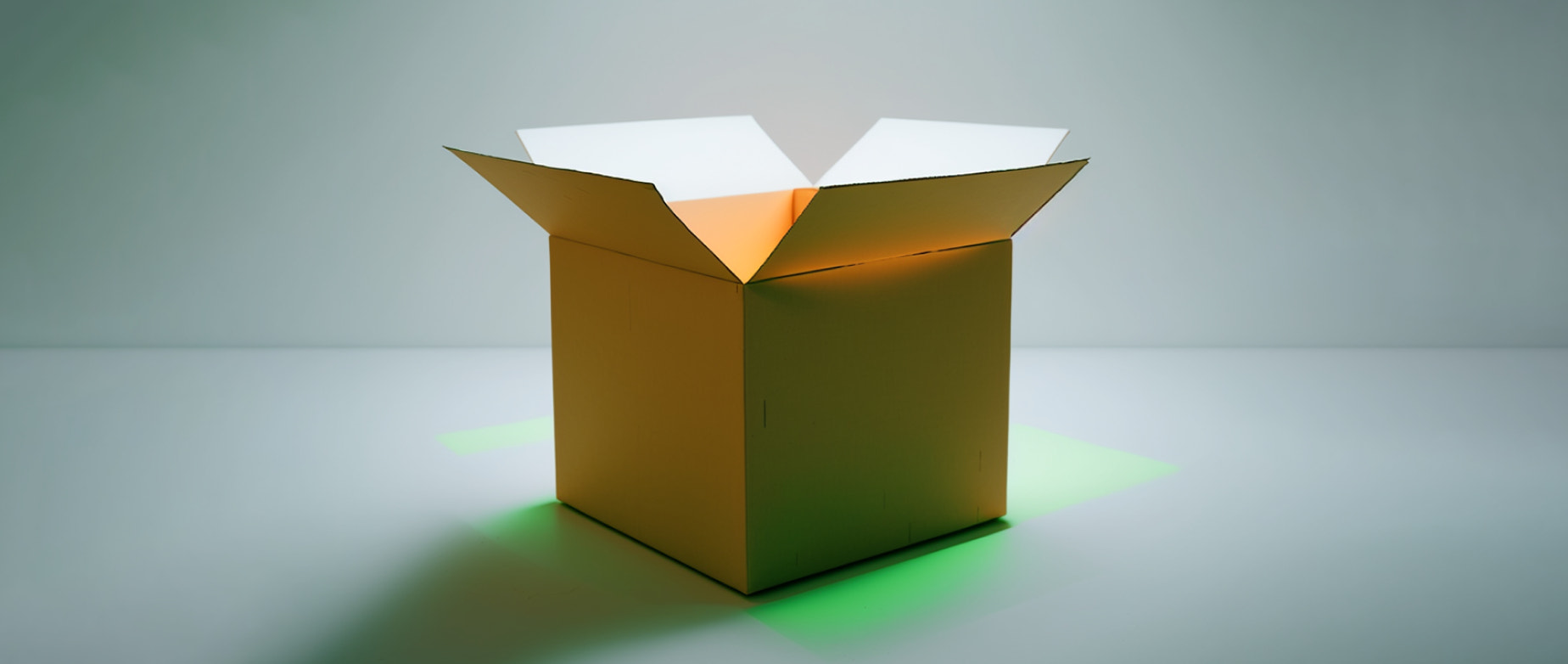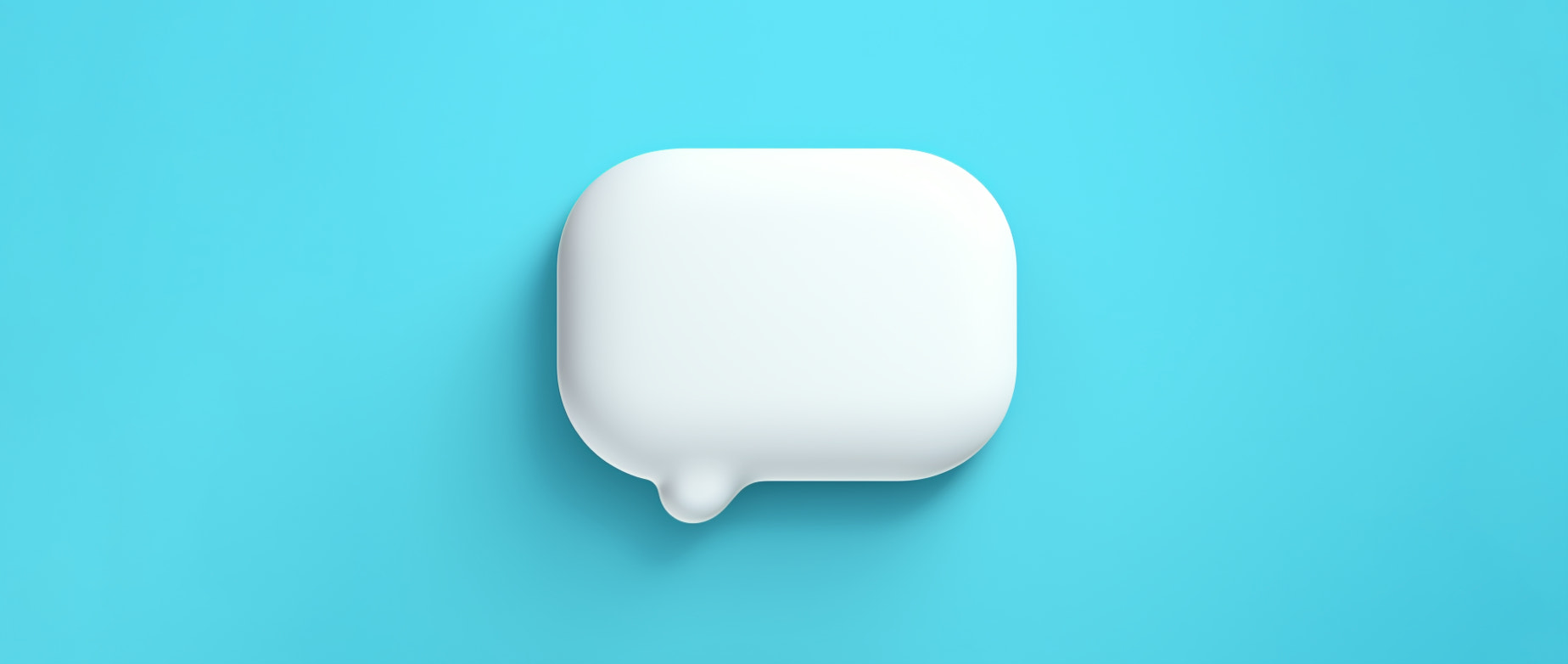Even when a customer knows what’s inside a box arriving from their online order, there’s still an element of excitement that makes for a memorable unboxing experience. That’s because small business owners can add unique and carefully designed packaging materials—such as layers of logo-branded tissue paper or maybe brand-aligned colored packing tape to the seams of a cardboard box—to build brand awareness. The kind of cardboard, typeface, and inserts a business chooses can all provide important packing information, influence sales, and serve as a marketing tool.
The right packaging adds product value and encourages retailers to put your products on their shelves. If you’re torn on what kind of packaging you could use to introduce your small business to customers, here are some ideas.
10 small business packaging ideas
Unique or interesting small-business packaging ideas can have a big brand impact. Here are 10 creative ideas for your packaging:
- Personalized bags and boxes
- Environmentally friendly inserts
- Minimal packaging
- Special instructions
- Community-centered artwork
- Physical newsletters
- Tape options
- Custom notes
- Highlighting artisans and creators
- Tissue paper
1. Personalized bags and boxes
Even if you know that your product would ship safely in a simple mailer, you can still create a personal touch with personalized bags and boxes. Whether you choose to display your branded logo, a slogan, or your company’s name on your shipping materials, it’ll make your packaging immediately stand out from the pack. Check out Hero to learn about ways to design, customize, and roll out custom packaging for your small business.
2. Environmentally friendly inserts
While it can be loads of fun to get custom stickers, samples, coupons, or other vibrant packaging inserts, some customers may see those products as items that aren’t easily recyclable, depending on their composition. Look into compostable or recyclable inserts made from natural materials that will simultaneously help protect the planet and inform your customers about your brand.
3. Minimal packaging
Ever scratch your head when you receive a box that’s within a box—and sometimes, yet another box? One packaging idea at your fingertips is to remove any extra layers of packaging and solely ship your product within one layer of cardboard box.
For example, Rothy’s is a shoe brand that only ships its products within its shoeboxes. Depending on the type of products you sell, this same packaging strategy may fit your small business, support sustainability, and improve your bottom line.
4. Special instructions
When your product requires specific steps, make the customer experience as stress-free as possible by providing any special instructions to educate your customers on the press. Retailer Inkbox sells semi-permanent tattoos. Each package includes your chosen print and instructions on how to apply it to your skin. As part of Inkbox’s unique packaging, it has switched to more recyclable materials in its packaging.
5. Community-centered artwork
If you know that you want to make a splash with the visuals of your package design, take a look around. Are there ways to meaningfully tap into artistic talent that connects to your brand? You could incorporate crowdsourced art created and provided by people within your business’s network.
For example, if your product is all about bold, beautiful art, use social media to run an online contest with a cash prize for imagery that could inspire a season’s worth of packaging. It’s a creative way to develop deeper relationships with your customer base and even highlight their talents.

Free Reading List: How to Brand Your Business
A great brand can help your products stand out from the crowd. Get a crash course in small business branding with our free, curated list of high-impact articles.
Get our Branding reading list delivered right to your inbox.
Almost there: please enter your email below to gain instant access.
We’ll also send you updates on new educational guides and success stories from the Shopify newsletter. We hate SPAM and promise to keep your email address safe.
6. Physical newsletters
You may have already created an online newsletter for your business, but are there any other behind-the-scenes stories that may be worth sharing? If so, your packaging may be an opportunity to include exclusive content like a printed newsletter, postcards of recent photo campaigns, and other materials that are only available within packages for a limited time.
For example, Farewell Frances supports its brand image by including postcards of recent photo campaigns and placing them into packages for customers to enjoy at home—a unique add-on to the branded packaging experience.
7. Tape options
Packing tape may initially seem plain and drab, but there are no rules limiting what type of packing tape you can use—the choice is yours! Whether you want to wrap packages with a fluorescent neon stripe or a logo image, or use stickers instead, an extra pop of signature color or imagery can help solidify your brand’s identity. Plus, you can align your packing tape or stickers with other materials inside of the package, like inserts and tissue paper.
8. Custom notes
Adding a handwritten note is a personal touch to include when a customer buys a product from you. Personalizing packaging with inserts goes a long way toward building a positive brand experience.
Start by writing a small thank-you note and tucking it into your packages, like beauty products maker Journ does. You can add personalized information like your customer’s name or inspiration for the product and share appreciation for their support. In time, such thoughtful communication can become a touchstone of brand identity and attract repeat customers. A downfall of this idea, however, is that once you ramp up to a certain level of production, it can become more challenging to execute.
9. Highlighting artisans and creators
Sometimes, who makes your goods and why is a central pillar of brand identity. Part of your ecommerce business may therefore center on artisans and global stewardship. Consider incorporating graphics, photographs, or notes that tell how creators make your products. This can help deepen the human connection to your brand because people feel their purchases are doing social or environmental good. Take sustainable clothing brand Public Myth, which makes ethically made apparel on-site or just blocks from its Vancouver, Canada, headquarters.
10. Tissue paper
When a customer opens a package, one of the first things they might see is tissue paper. It’s a key way to incorporate signature brand colors into your packaging concept. Consider customized or bold tissue paper colors to create a positive color experience that represents your brand. Off-the-beaten-path craft paper is another option to wrap your products and help ensure they’re safe during shipment. Digiwrap is a digital printing resource to help with that.
3 types of packaging
For your ecommerce business, the main purpose of packaging is to protect products during shipping. Three types of packaging options when mailing your products are:
1. Corrugated cardboard boxes
Thicker than regular cardboard boxes, corrugated boxes have wave-shaped paper layers for extra protection. There are various types of corrugated boxes, which are sturdy, reusable, and safe for transporting a range of products, including glass, valuables, and heavy items, or anything that’s fragile or needs extra durability or stabilization during transit. These boxes are typically lightweight, so they won’t add unnecessary shipping costs. For an eco-friendly version, look for corrugated boxes made completely—or with a portion of—recycled cardboard. Ecoenclose is a vendor offering completely sustainable cardboard options.
2. Padded mailers
Padded mailers are best for smaller products that can be protected by the mailer’s internal layer of plastic bubble wrap or recyclable paper. Think books or handmade jewelry within a brand’s custom packaging or small box within the mailer. Because padded mailers are relatively compact, they don’t have to be left on a customer’s doorstep, where they might be stolen. Instead, they can be slipped into a mailbox for safety and security. Ecopackables offers compostable padded mailers to help cut down on plastic use, too.
3. Bags and mailers
Poly bags and mailers may seem the same as padded mailers, but they’re different. There is no protective bubble wrap or protective liner. Bags and mailers are often larger, super lightweight, and water resistant to protect contents from the elements. Since these options lack padding, this packaging is best for soft items, such as clothing. Sustainable packaging company Grounded offers renewable mailers made with compostable bioplastic.
Introduction to Packaging Your Products
Your packaging is your billboard—it works hard for you and is the first physical touchpoint for your customer. So taking time to consider how to package your items, whether you ship apparel, beauty, furnishings, food and beverage, telemedicine or cannabis, can influence future sales.
Learn more
What’s the first step in choosing product packaging?
There are different custom packaging options depending on the type of product you sell. Before narrowing down your packaging choices, the first step is to think about your business and identify your brand values and the messaging you’d like to convey. Among the values that may help inform your custom packaging decisions are:
Sustainability
If your business uses sustainable packaging and shipping solutions, you may consider the environmental impact of your packaging as a key brand value. Using recycled, organic, or handmade materials are ways to do this and reflect those eco-friendly values.
Other environmentally conscious options small business owners may consider to make their packaging stand out include using compostable materials, shipping smaller-sized packages to reduce waste, and buying carbon-neutral credits to offset the carbon footprint of shipping.
Social responsibility
Your business’s social impact efforts can influence the products you offer or how they are made and packaged. Perhaps your mission is to support independent artists, uplift artisans, or devote a portion of your sales to a social cause. If so, examples of a brand’s social responsibility can lend themselves to packaging that tells a wider story via graphics, inserts, colors, and other design elements.
Cost efficiency
Perhaps your main goal as a business owner is simply to keep your costs as low as possible to pass those savings along to existing and new customers. That might mean that your business focuses on providing a better value for your products than a competitor does. If so, your goal may be to use as few frills as possible to keep your packaging streamlined, simple, and inexpensive.
Small business packaging ideas FAQ
What do customers look for in packaging?
Many customers look for brand packaging that feels like an experience. For example, if your brand advocates for sustainability in its natural beauty products, you might use bare-bones, earthy packaging, or draw on color psychology to incorporate browns and greens representing nature.
What is the cheapest product packaging?
One of the cheapest types of product packaging is plastic poly bags, which tend to be less expensive than padded mailers or corrugated cardboard boxes. However, their cost per bag can be higher if you customize them.
How can small businesses ensure their packaging is secure during shipping?
Small businesses can hire a packaging designer to help determine which types of packaging elements will keep a product the most secure while en route. Another option is to pick product packaging—whether a box, bag, or mailer—that is best suited for your product. Delicate items should not be mailed in packaging without padding or other protection to prevent breakage or damage during shipping.





